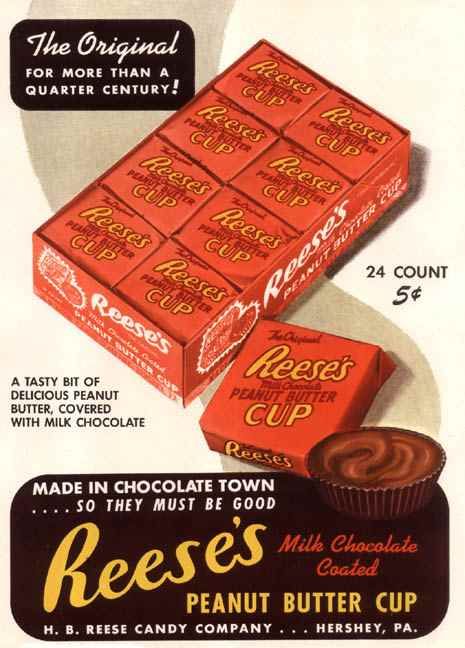[if you’re new to the Journey, read this to see what we’re all about!]

by Gideon Marcus
I've complained bitterly in this column on the meanderings of my favorite science fiction magazines. Galaxy has gotten too tame. Analog has gotten too staid. F&SF has gotten too literary. In fact, just last month, I was lamenting the streak of purple fluffiness that had corrupted that last mag. Story after story of unreadable droll nothings, or at best, fantastic horrors without any hard sf.
The December 1962 issue did not promise to be any better. It has the same line-up of authors, the same subject matter of stories. There are even 11000…er.. 24 pages devoted to the concept of binary numbers. Has F&SF lost its mind?!
So imagine my surprise to find that I actually enjoyed this month's issue, entirely due to the well-written nature of its material. These are not the kind of stories I prefer, but this experience just goes to show that high quality trumps subject matter. See if you agree:

The Depths, by Jim Harmon
The fastest route between two points is a straight line, so what better way to navigate the globe than through it? One hardly even needs a locomotive force since one can simply fall to a destination. Of course, there is the minor issue of building the shaft, but such trivialities are hand-waved in this pleasant, deliberately archaic tale of a trans-Terranian vessel that gets stuck half-way down. Three stars.
Behind the Stumps, by Russell Kirk
I didn't much care for Kirk's ghost story in the last issue, and this one is in the same vein. It is so nicely drawn and tautly composed, however, that I found myself engrossed. In brief: fussy, meticulous census worker heads to the backwoodsiest of Appalachian towns determined to count every farmer, even those whose tie to the Earth is limited at best. Suitably horrific, vividly realized. Four stars.
Senhor Zumbeira's Leg, by Felix Marti-Ibanez
In a time when the depiction of sex in our genre ranges from prudish nonexistence to Garrett-esque male-chauvinism, it's nice to get a happy-go-lucky romp filled with equally game and enabled men and women. This spicy Latin adventure features the Zumbeira family, father and son, who are motivated by comfort and cross-gender relationships. When the ne'er-do-well son embarks on a journey to find a new prosthesis for his one-legged father, aided by a sorceress' magic charm guaranteed to bring luck, amusing hijinx ensue. All's well that ends well, and the journey is good, too. Four stars.
One, Ten, Buckle My Shoe, by Isaac Asimov
Only Asimov can wax pedantic on a dull subject and make the experience enjoyable. I mean, it's a piece about a counting system in which there are only two digits! But if we're going to get along with computers, I suppose we'd best learn the drill now. Four stars.
On Binary Digits and Human Habits, by Frederik Pohl
Galaxy, IF, and (soon) Worlds of Tomorrow editor makes an unusual appearance in a competitor magazine with this piece on how to easily convey binary numbers verbally. What at first seems a pointless exercise turns out actually to be kind of interesting – the first time through, I had a strong desire to throw the magazine against the wall; and then I got it and re-read with some fascination. Three stars this time, but don't do it again, please.
Ad Infinitum, by Sasha Gilien
Freud put much stock in the symbolism of dreams. Gilien takes things a few steps further, positing that there is an entire studio devoted to the production and innovation of said symbols. A fantastic idea somewhat neutered by its gimmick ending. Three stars.
Roofs of Silver, by Gordon R. Dickson
Can cultures devolve? And if they can, what is the measuring stick? Dickson sets up a universe where Terra's colonies have a habit of reverting to savagery, replacing conscience with taboo, morality with hidebound custom. Roofs spotlights one world on the verge of such a fall, and the lengths one of its inhabitants goes to thwart it.
There's nothing wrong with the writing in this piece; when Dickson's on his game (and he certainly is here), he is one of the genre's more sensitive and interesting authors. No, the only real failing of this piece is its utter predictability. Four stars.
The Notary and the Conspiracy, by Henri Damonti (translation by Damon Knight)
Some people really live a double life – the problem comes when one chooses to live out that second span in a high-profile and highly dangerous historical position! A fun piece, but it's one of Knight's more opaque translations. Three stars.
—
In sum, this month's issue scored a respectable 3.5 stars. I am left with a sense of bemused puzzlement. Did editor Davidson finally turn his ship around? Did all of the insufferable frivolity get used up by Galaxy? Or is this simply the bounce of a dead cat, and I can expect a return to form in the new year?
As my wife is wont to say, "Don't borrow trouble." Happy Thanksgiving, everyone!








































![[November 6, 1962] The road not taken… (Philip K. Dick's <i>The Man in the High Castle</i>)](https://i0.wp.com/galacticjourney.org/wordpress/wp-content/uploads/2017/11/book2.jpg?resize=672%2C372)


























